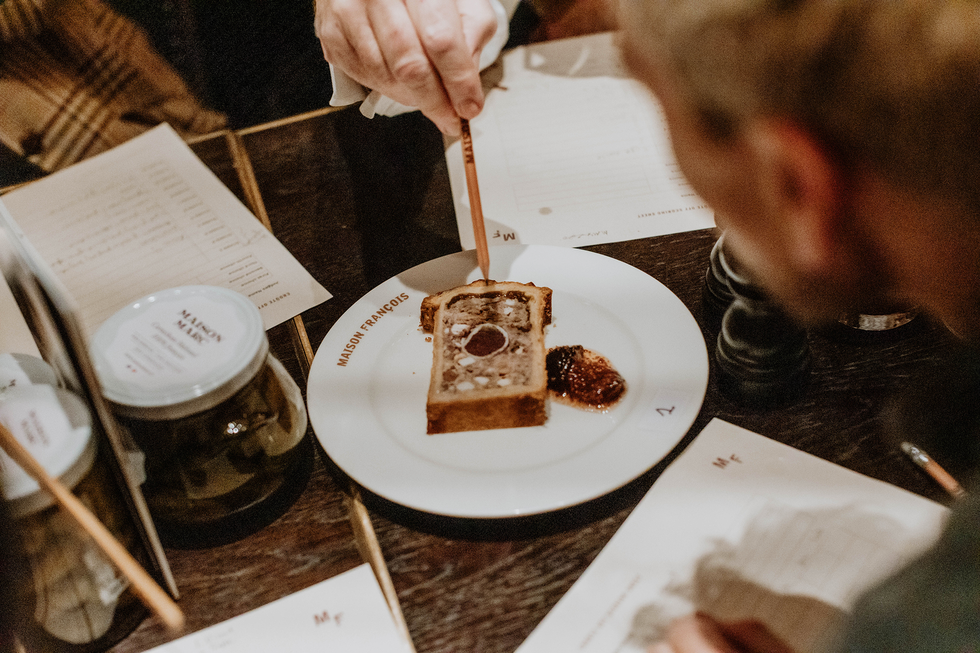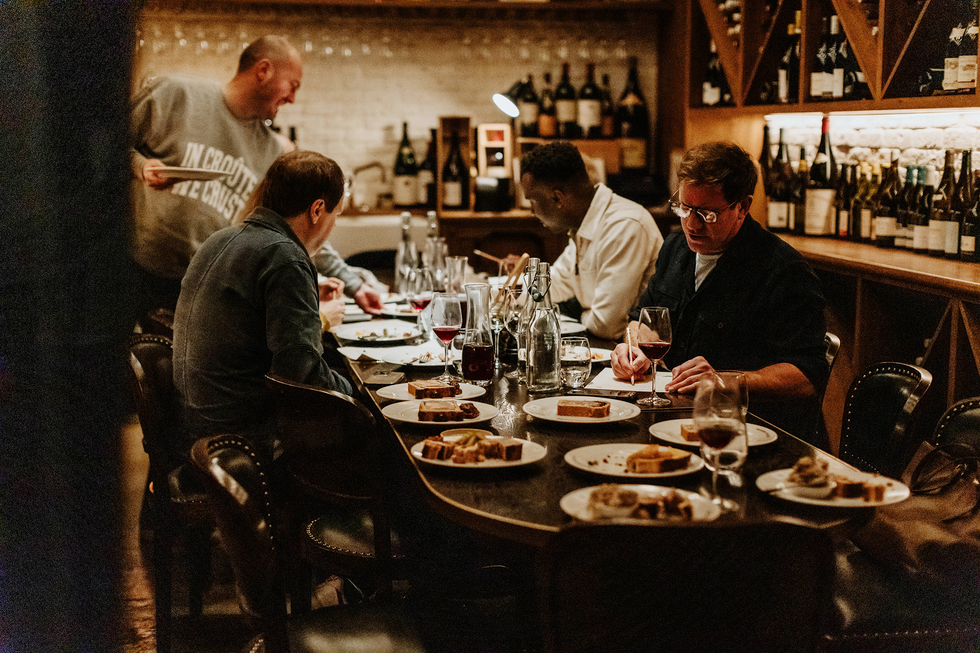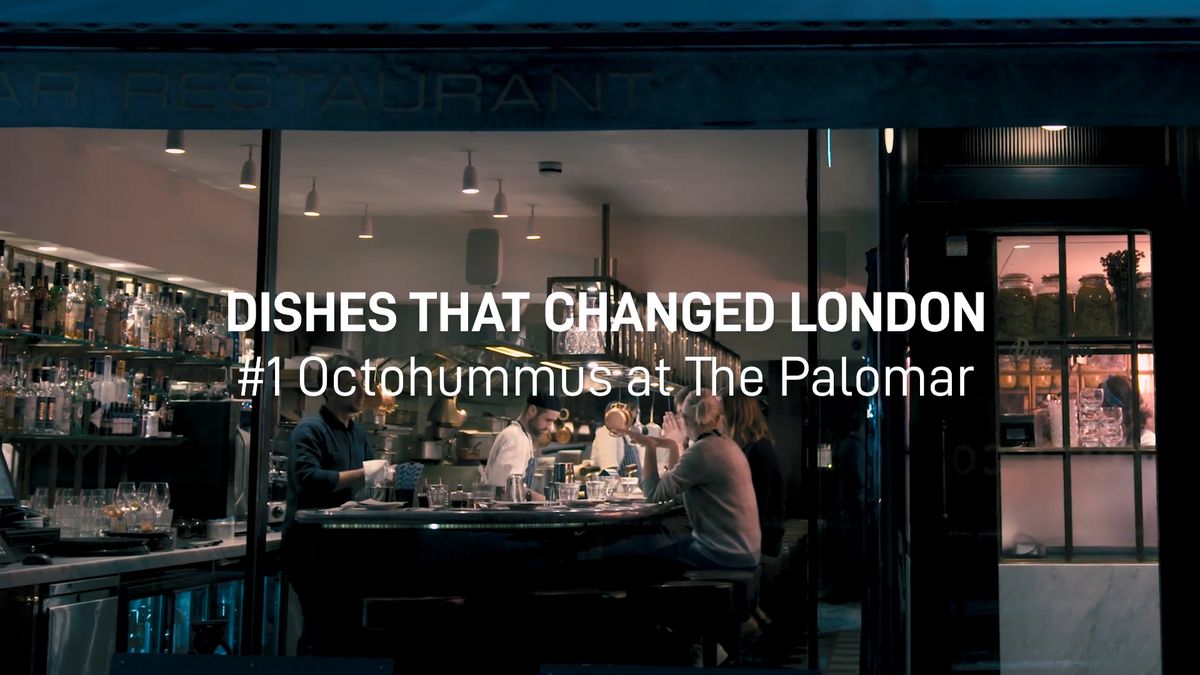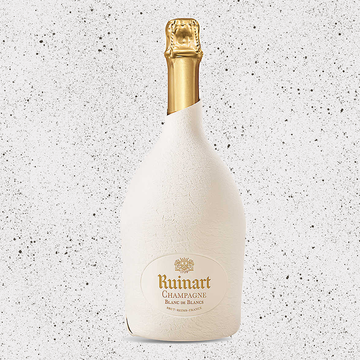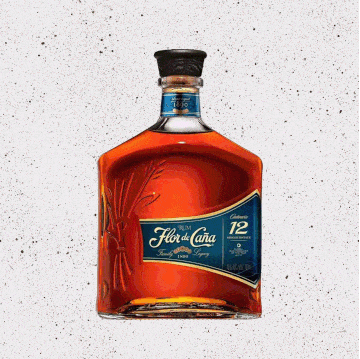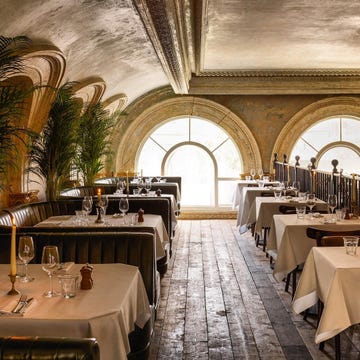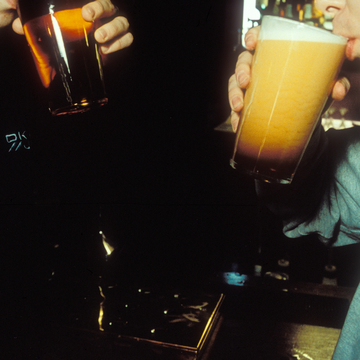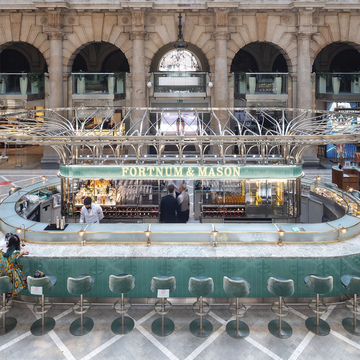In the raucous basement bar below a hip Mayfair restaurant, revellers wedge themselves in, clamouring for soft cheese and Beaujolais. Waiters scurry and squeeze, and a barrel-chested man doles out oysters as quick as he can shuck. In one corner, grand chefs regale hangers-on, while a woman opposite distributes pig-shaped balloons. In a glass-fronted side room, judges cast their expert eyes over the evening’s quarry: slices of pâté en croûte, made variously by the city’s leading cooks. For it is the third Thursday of November, the occasion of Maison François’s annual “Croûte Off”.
Pâté en croûte — which translates as “pâté in crust” — is characterised by its loaf-shaped pastry shell containing cured meats, preserved fruit and nuts, meat pâté and jelly. It is not dissimilar to a classic pork pie but, being ancient and French, much more complex, grand and boozy. And though it has been around in various forms since the 13th century, it is having a moment in the sun.
Croûte has been popping up on menus at trendy wine bars and Michelin-starred brasseries alike. “I think there’s a new-found expression of love for the classics,” says chef Richard Corrigan. He entered the competition but didn’t place, and believes that his superior filling — known as the “farce” — was undone by his disregard for decoration. “They might look great,” he says, of thicker-sided croûtes, that go heavy on adornment but lighter on pâté, “but if you need an axe to cut it up... And lumps of layered cold meat? Eurgh, not for me!”
Layered cold meat, however, is the name of the game. Self-taught charcutier George Jephson — co-founder of Cadet wine bar, who competed for the UK in the Pâté-Croûte World Champion-ships in Lyon in December — uses pork (shoulder, belly, jowl and leg), chicken and duck (legs confited and skin roasted), and various boozes, fruits and nuts, all encased within a crenellated pâte brisée pastry. It’s a four-day process. “Lots can go wrong,” he says (sadly, he lost out in the championships to France’s Frédéric Le Guen-Geffroy). “If you get it right one time, you may not get it right next time.”
Corrigan suggests that croûte’s recent ascent is perhaps down to the cyclical popularity of French food in general. “I’m sure it will fly by like a passing comet, and we’ll see it again in 30 years,” he says. But Jephson argues that, this time round, the focus is on a different aspect of French cuisine. “Now it’s more the ‘peasant’ side of it, rather than the foie gras and truffles,” he says. “It seems that’s what food culture is now — street food and cheap food, rather than decadence.”
Maison François founder François O’Neill says a house croûte has been on the menu since the restaurant opened in 2020 because it offers a kind of theatre. “When people came out of lockdown, they wanted experience,” he says. The same goes for another of their surprise hits: oeuf en gelée. “Historically speaking, it was destined to sit in some sleepy St James’s gentlemen’s club,” O’Neill says, of the classically French dish of a soft-boiled egg suspended in clear aspic. “But it has really been popular.”
It was Maison François’s own executive chef Matthew Ryle, who has a big online following for his classic French food, who ended up with this year’s Croûte Off crown. A quick glance at London’s restaurant scene will show that classic French food, in casual, simplified form, is indeed booming. Fashionable “bistros” with semi-ironic names are popping up across the city — Bistro Freddie, Bar Levan, Atelier Coupette — espousing frenzied decadence with beefy claret, pommes aligot and fromage de tête, and putting vein-bursting ingredients centre-stage once again. But croûte is the leveller. The benchmark. If it’s on the menu, order it. If it’s good, you’re in the right place. ○

